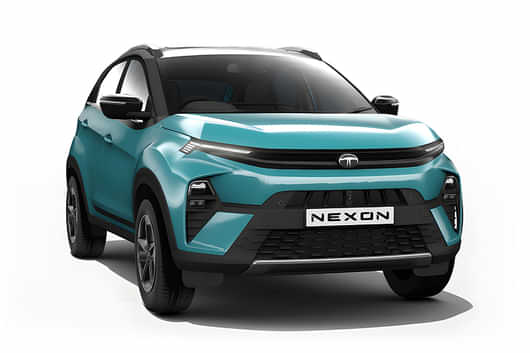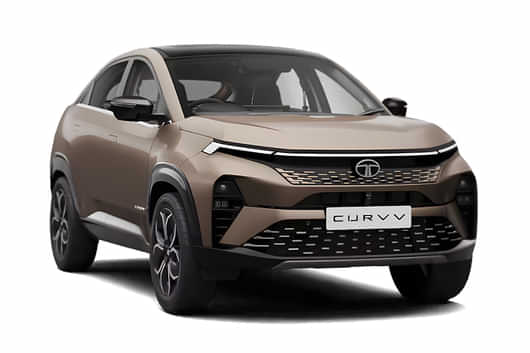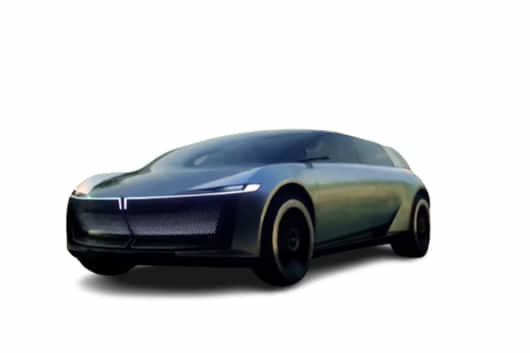
KEY HIGHLIGHTS
- Punch EV is the first Tata EV to get frontal charging
- Punch EV is based on a new Acti.EV platform
- Nexon EV offers more space and a better road presence
Tata Motors has not just evolved but also changed the complete EV segment in India. The success of the Tata Nexon EV has pushed the launch of new products like the Tata Punch EV. We've driven both of these cars and despite a segment difference, we have an opinion that the Punch EV makes better sense for you. Read below the complete reasons for why it is so. Also, you can join our 91Wheels WhatsApp Group for all the latest automotive updates.
Also Read: Mahindra-Volkswagen Inks Supply Agreement For EV Component Sharing
Tata Nexon EV vs Tata Punch EV: Why This Comparison?
As both models belong to the electric branch of Tata, the Nexon EV is a bigger car in every sense. It is positioned above the Punch and it has the looks, design, features, and long range of a proper compact EV SUV. However, the Punch being a smaller car, isn't short in terms of features, build quality, and range. The Punch EV is the first-ever Tata car to be made on the Acti.EV platform. As of this, it has a frontal charging port.


The comparison makes sense because the EV buyer is primarily someone looking for a city car that is greener and cheaper altogether. Moreover, EVs are less intended to become a primary or the only vehicle in the family. Hence, the Punch and Nexon aren't too far in rivalry. Both are pseudo SUVs. Both offer identical ranges and design elements, and they both are practical EVs.

Punch EV: A Better Value for Money Car?
Priced between Rs 10.99 lakh to Rs 15.49 lakh (ex-showroom), the Punch EV is a very well put up product. Its front design is inspired by the Harrier EV design and a similar styling is also seen on the Nexon EV. While the dimensions are more or less similar to the petrol Punch, it is based on a brand new Acti.EV platform.

All thanks to this new platform, the heat management of the battery has now improved a lot. This means the range drop is very reasonable as well as less on the go. This is not the case with the Nexon EV where range anxiety, even after using the long-range version, exists. Punch EV long-range can easily churn upwards of 350 km if driven sedately.

Moreover, the interiors of Punch EV are well sorted. It has sufficient comfort and space for a family of four. Plenty of cubbyholes and storage spaces make it more practical than the Nexon EV. Also, the speedometer console, infotainment, steering wheel, etc., are all similar to the Nexon EV.

Tata has also tuned the suspension of the Punch EV in a manner that it remains confident yet feels sporty to drive. The Nexon, on the other hand, has a more comfortable ride but it isn't as fun to drive as the Punch EV. To understand more about the Punch EV, see our detailed video review below.
Small on Size and Big on Promise

The core thing that we love about the Punch EV is its small yet practical size. It is easier to drive in the city and can be parked anywhere. Also, a small turning radius of it helps with ease of driving. While the amount of space in Nexon feels more, it is only practical for four people as the Punch is. Also, the rear seat of Nexon feels cramped due to the sloping roof design.

Another plus point is the amount of features. If intimidating looks are your priority, Nexon makes sense but the features list is more or less similar on both cars. Punch gets the same new infotainment system as the Nexon with Arcade.EV. Also, the digital console and the leather-wrapped twin-spoke steering wheel generate a premium feel despite the small size.

Not to mention, the smaller Punch EV is equally safer as the Nexon EV. It gets 6 airbags as standard while the 5-star GNCAP crash test ratings speak for the quality of the car. Nexon EV also offers similar safety but at a considerably higher price. If you like Nexon EV more, see our detailed video review to understand the car better.
Why Pay More For a Little More Battery Range?
The main aspect of this comparison is again the cost-benefit ratio for customers. The Nexon EV is priced between Rs 14.49 lakh to Rs 19.29 lakh (ex-showroom). At its price point, the 40.5kWh long-range variant offers a claimed 465 km range. However, due to its platform sharing with the ICE-Nexon, the range drop makes a real-world range of around 350-380 km.
Punch EV, despite using a smaller battery pack of 35kWh on its long-range version, generates an identical range in the real-world scenario. So, why pay more for a little bit of added size and a little bit of added space when a smaller car offers better efficiency, a better handling and ride combination, and is easier to drive? The best bit? Well, you can buy the long-range variants of Punch EV at the price of short-range Nexon EV variants!
Verdict
While the comparison of a smaller and bigger segment doesn't feel justified, we as a consumer get confused very often between segments when buying a car. We hope this opinion of ours will help you understand the differences between the two Tata EVs. Ask us in the comments if you've any specific questions related to the Punch EV or Nexon EV.















































